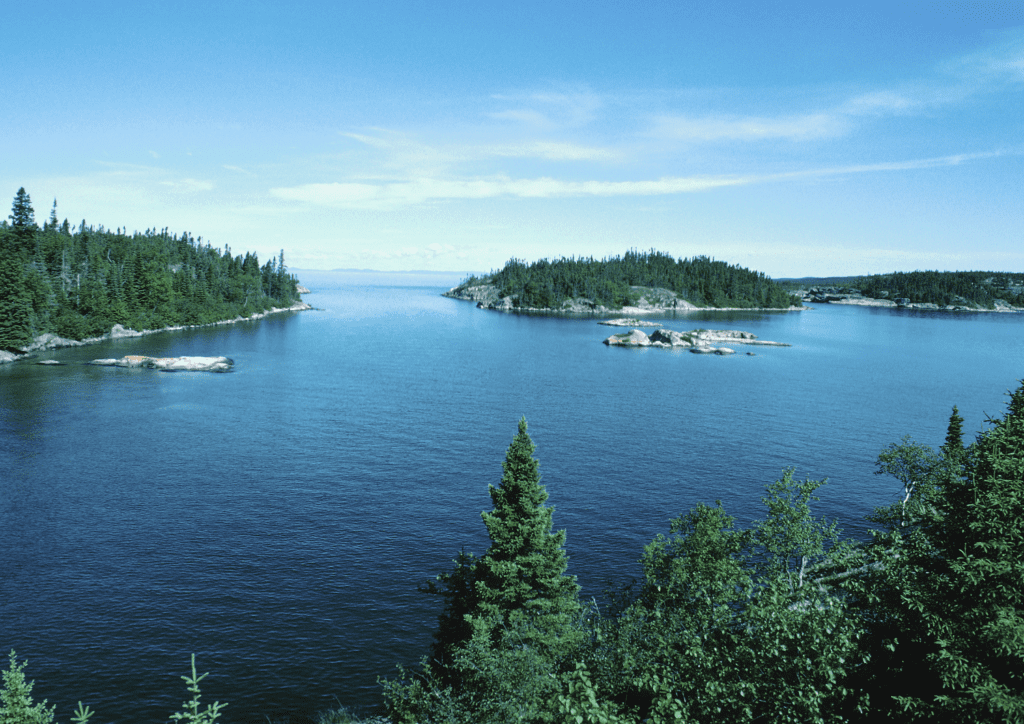When you see a beach swimming advisory, it is often after a heavy rainfall or snowmelt. Stormwater (rain and melted snow) that runs off turf grass, roofs and pavement, carries with it contaminants and bacteria. This dirty water flows into our waterways and can wind up polluting our beaches. So it is important that we reduce the amount of water that makes its way into the storm drain system.
The good news is that there are measures you can take to reduce stormwater runoff on your own property. One of the easiest solutions is to create a rain garden.
A rain garden is a shallow, sunken garden designed to collect and filter stormwater. Rain gardens can be planted with any combination of native shrubs, grasses and flowers that require little to no watering. They may look like regular gardens, but what lies beneath is loose, deep soil that absorbs and filters stormwater.
In addition to helping improve beach water quality, rain gardens:
- Limit the amount of water that enters the storm drain system
- Reduce the potential for flooding and drainage problems
- Filter oil, fertilizer and other pollutants from rainwater so they are not carried into local waterways
- Restore and recharge our groundwater system
- Attract birds, butterflies and beneficial insects, such as mosquito-consuming dragonflies
Want to learn more about rain gardens? You’re in luck! Our Blue Flag program is hosting a Rain Garden Workshop on August 27th, thanks to funding from the Ministry of Environment’s Great Lakes Guardian Community Fund. Toronto and Region Conservation staff will explain what’s going on below the ground in a rain garden and what it takes to create one on your own property.
Following the presentations we will tour some beautiful rain gardens in the Riverdale neighbourhood. Participants will take home a free copy of “Greening Your Grounds: A Homeowners Guide to Stormwater Landscaping Projects” to get started!
Space is limited. Be sure to register online to reserve your spot!







